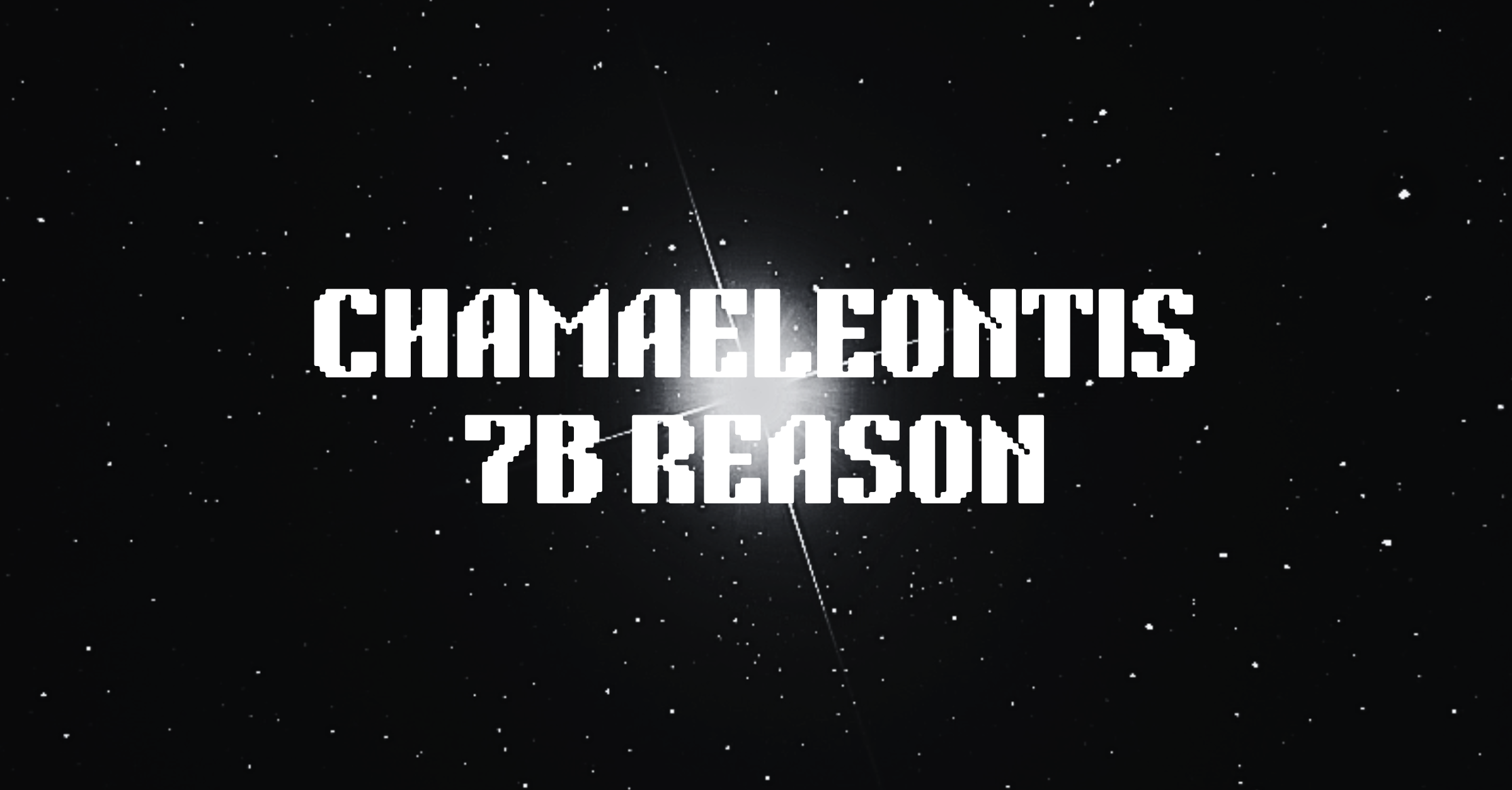
Chamaeleontis-7B-Reason-rVL
The Chamaeleontis-7B-Reason-rVL model is a general-purpose multimodal reasoning model built on Qwen2.5-VL-7B-Instruct, optimized for image and video frame understanding, contextual analysis, and natural language reasoning. It excels at extracting structured insights from both static visuals and video streams through step-by-step logical interpretation and visual common sense grounding.
Chamaeleontis: Reason-based Qwen2.5VL model for visual understanding and CoT reasoning
Key Capabilities
- Visual Frame Reasoning: Understands and interprets key frames from videos or images with attention to spatial and physical relationships.
- Chain-of-Thought Natural Language Output: Generates thoughtful, logically connected answers for visual queries.
- General-Purpose Multimodal Insight: Applicable across diverse domains for both still image and sequential video analysis.
- Custom Frame Selection Logic: Applies smart frame sampling for high-relevance visual inputs during training and inference.
- Common Sense Visual Comprehension: Supports physical reasoning, object interaction detection, and real-world logic estimation from visuals.
- Q&A Over Visual Inputs: Ideal for use cases like question answering, summarization, and temporal information extraction from visual sources.
Quick Start with Transformers
from transformers import Qwen2_5_VLForConditionalGeneration, AutoTokenizer, AutoProcessor
from qwen_vl_utils import process_vision_info
model = Qwen2_5_VLForConditionalGeneration.from_pretrained(
"prithivMLmods/Chamaeleontis-7B-Reason-rVL", torch_dtype="auto", device_map="auto"
)
processor = AutoProcessor.from_pretrained("prithivMLmods/Chamaeleontis-7B-Reason-rVL")
messages = [
{
"role": "user",
"content": [
{"type": "video", "video": "path/to/your/video.mp4"},
{"type": "text", "text": "Briefly describe the physical events and interactions in this video using logical steps."},
],
}
]
text = processor.apply_chat_template(messages, tokenize=False, add_generation_prompt=True)
image_inputs, video_inputs = process_vision_info(messages)
inputs = processor(
text=[text],
images=image_inputs,
videos=video_inputs,
padding=True,
return_tensors="pt",
)
inputs = inputs.to("cuda")
generated_ids = model.generate(**inputs, max_new_tokens=512)
generated_ids_trimmed = [
out_ids[len(in_ids):] for in_ids, out_ids in zip(inputs.input_ids, generated_ids)
]
output_text = processor.batch_decode(
generated_ids_trimmed, skip_special_tokens=True, clean_up_tokenization_spaces=False
)
print(output_text)
Use Cases
- Image and Video Q&A: Responds to natural language queries with logical, visual-grounded answers.
- Physical Event Interpretation: Understands object motion, cause-effect dynamics, and temporal interactions.
- Visual Insight Summarization: Extracts core narrative and insights from multimedia content.
- Educational Content Understanding: Supports reasoning-based tasks in educational and research video analysis.
- Multimodal Reasoning: Merges visual and textual understanding to support complex interpretation tasks.
Limitations
- Experimental Architecture: While robust, it may need tuning for domain-specific datasets.
- Inference Overhead: High GPU memory requirements for long or high-resolution video processing.
- Frame Sampling Bias: Quality depends on relevance and spacing of sampled frames.
- Context Window Boundaries: Very long inputs may require segmenting or hierarchical reasoning strategies.
